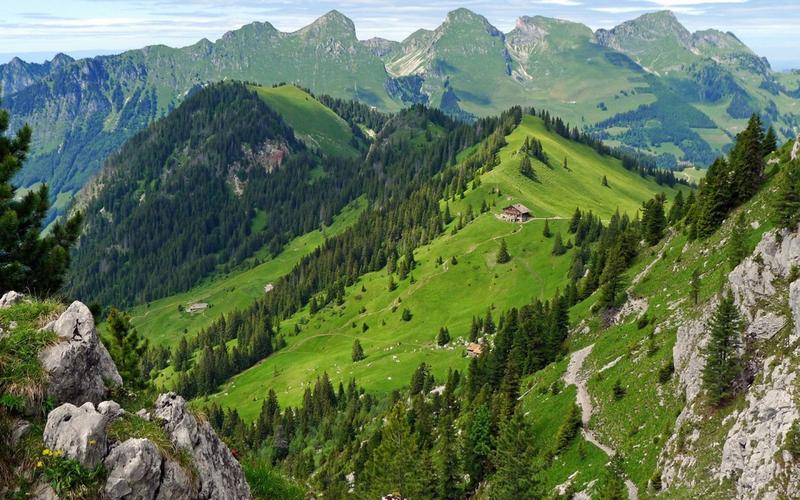Exploring the Rich and Diverse Cultural Traditions in Zimbabwe
Zimbabwe is a country with a rich and diverse cultural heritage, boasting unique art, music, and dance forms that reflect the different ethnic groups living in the country. From the Shona to the Ndebele, there are unique traditions that have been passed down for generations and are still celebrated today. In this article, we will explore some of these cultural traditions and their significance in Zimbabwean society.
The Shona people form the majority of the population in Zimbabwe, and their cultural practices are deeply rooted in the country’s history. One of their most iconic traditions is the building of the Stone Houses called the Great Zimbabwe Ruins in what is now the modern-day Masvingo Province. These massive stone structures are over 800 years old and stand as a testament to the advanced engineering skills of the Shona people. The Great Zimbabwe Ruins have become a UNESCO World Heritage site and attract thousands of tourists every year.
Another important aspect of the Shona culture is traditional music and dance. The mbira, a musical instrument made of metal tines attached to a wooden board, is a central feature of Shona music. It is used in their religious ceremonies, as well as family gatherings and celebrations such as weddings. Similarly, the Jerusarema dance, which originates from the Zezuru tribe of the Shona, is known for its intricate footwork and acrobatic movements that symbolize the defense of a warrior’s territory.
The Ndebele people also have unique cultural traditions. Known for their striking beadwork and brightly colored houses, the Ndebele are famous for their decorative artistry. Their elaborate beadwork can be found in necklaces, bracelets, and headbands, as well as on their clothing. Ndebele women are also known for their beautiful hairstyles, which are traditionally braided and adorned with beads.
The Ndebele are also known for their dance and music styles. Ingoma is a traditional dance performed by the Ndebele women, and it involves singing and clapping while dancing in a circle. This dance is used to celebrate important occasions such as weddings or the arrival of a new child. On the other hand, Siyaya is a traditional Ndebele song that is often performed by men while traveling long distances for work or to visit relatives.
In addition to these unique cultural traditions, Zimbabwe also has a rich history and heritage that has been preserved through various museums and galleries. The National Gallery of Zimbabwe in Harare boasts an impressive collection of contemporary art by local artists, including traditional sculptures and paintings. The Zimbabwe Museum of Human Sciences in Bulawayo houses ancient human remains and fossils, providing insights into the country’s history and evolution.
In conclusion, exploring the rich and diverse cultural traditions in Zimbabwe provides a glimpse into the country’s intricate history and heritage. From the Shona to the Ndebele and beyond, the unique traditions that have been passed down through generations reflect the country’s rich cultural tapestry. With its stunning landscapes and welcoming people, Zimbabwe truly is a cultural gem worthy of exploration.
(Note: Do you have knowledge or insights to share? Unlock new opportunities and expand your reach by joining our authors team. Click Registration to join us and share your expertise with our readers.)
Speech tips:
Please note that any statements involving politics will not be approved.
